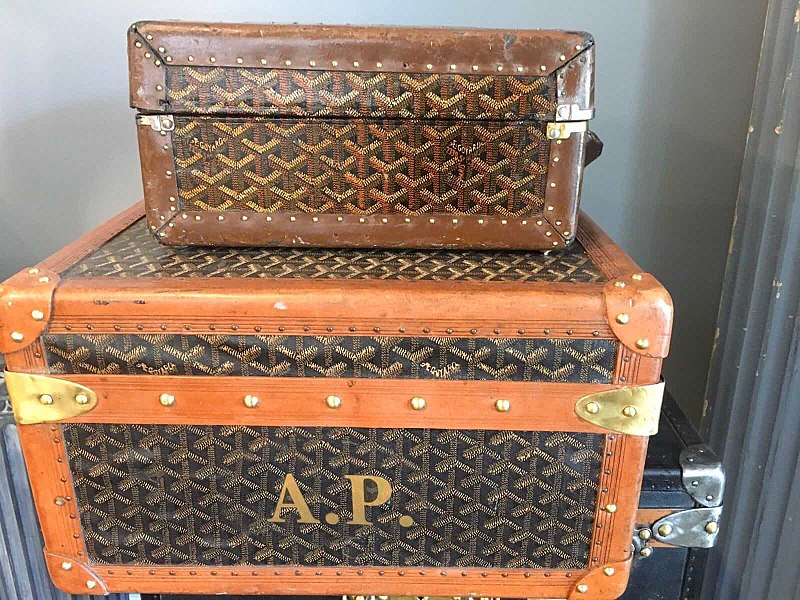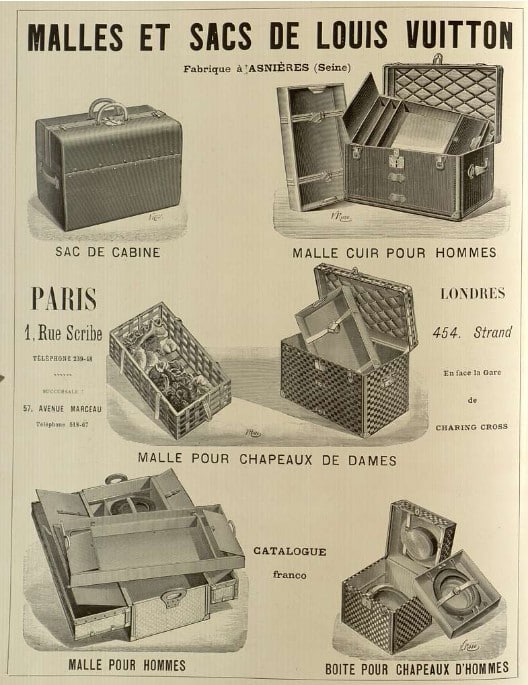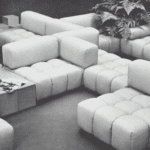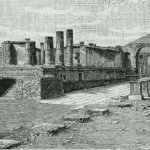Travel and trunks: the big fashion brands
Travel, a vocation of the human soul for millennia. Paths, explorations and migrations have pushed man to investigate new worlds and regions since the dawn of civilization. If originally these movements were dictated by primary needs, searches for more fertile territories and more welcoming places, over the centuries the motivations for travel changed.
Travel, in ancient sedentary civilizations, began to become fundamental for their sustenance. High officials had to maintain relations with neighbors and go to foreign courts. But it was trade that became the main driver of travel, already at the time of the famous Marco Polo, whose travels to the Far East were recounted in the Milione, and again later, in the great season of new discoveries at the turn of the fifteenth century.
The docking of Christopher Columbus in the Americas, the revelation of a new and exotic way, started a real explosion of travel to seek new lands, populations and resources.
Only in more recent times did travel begin to change its value, or rather to spread increasingly to other social spheres. Already in the 18th century, in fact, training trips, the Grand Tour, began to become increasingly widespread. Young aristocrats, but later also upper-class people, allowed themselves months and even years to travel around Europe, discovering ancient civilisations.
Travellers, as in the following century and at least until the beginning of the twentieth century, were highly placed and had the need to carry with them a large quantity of clothes and accessories, crammed into chests or heavy trunks which were transported without a little effort by the employees.

In France, the figures of layetiers, cabinetmakers and carvers began to establish themselves in the eighteenth century. Their work was as much about making these containers as it was about the art of packing and knowing how to fold clothes. It was precisely with this role that Pierre-François Martin‘s career began, when in 1792 he founded his maison, acquiring more and more fame, to the point of earning the prestigious title of official supplier of Her Royal Highness Maria Carolina of Bourbon, Princess of the Two Sicilies and Duchess of Berry. Martin, without direct heirs, left his business to his pupil and her husband Morel, who in turn passed on their knowledge to François Goyard. This is the definitive name of what began as a small shop, and which still stands out today as one of the main luxury trunk companies on an international level.
In the second half of the 19th century, in fact, the large fashion houses, mainly Parisian, specialized in the creation of travel trunks, established themselves. These houses specially produce trunks of different sizes to carry all the traveller’s essentials. Very high quality finishes and great attention also to the canvas that covers them.
It was Goyard, in 1892, who was the first to offer trunks featuring a brand inspired by the name of the owners themselves. What was baptized Goyardine, in fact, presents the characteristic motif that modularly reproduces the Y (the central letter in the surname), developed in such a way as to recall floating logs, an effect expressly desired by Edmond Goyard, in memory of the work carried out as log haulers from his ancestors.
Among the most famous monogram canvases, there is certainly the iconic one proposed by Louis Vuitton. Created in 1896 by Georges Vuitton, son of Louis. In this case it is the initials that become a monogram, both to inextricably link the product to the name of the creator, but also to make the spread of imitations and fakes more difficult. A rather particular reason, if we consider that LV bags are, to date, among the most falsified articles in the world.

These Maisons make refinement and luxury their strong points, the creation of exclusive products that satisfy the needs of buyers. The great fortune of Louis Vuitton was precisely the ability to personalize the product ad hoc, starting from the outside, with the inscription of the client’s initials, as well as symbols that highlight its social position: the painted crowns, for example, testify to the property of a real exponent. But the interior is also specially designed and created for the most disparate and particular needs.
Trunks intended for the transport of hats, shoes, wardrobe trunks and trunks for writers, with a special writing surface that can be opened like a flap. Real shells which, once hatched, reveal glimpses of lives, with their habits. One of the most curious anecdotes is certainly the rediscovery of an unpublished manuscript by Ernest Hemingway, found by chance inside a drawer of a Vuitton trunk.
Attentive observers of requests and trends, these Maisons are themselves drivers of society’s customs, placing themselves as cornerstones in fashion, both in the past and now.
If originally the buli licensed by them were functional, always exclusive products, but actually used for the transport of clothing on journeys, today their use has, in most cases, been transformed. Collectibles, often used as furnishings, which, even if they no longer travel physically, are able to lead enthusiasts through the places they have visited and the stories they have lived.






